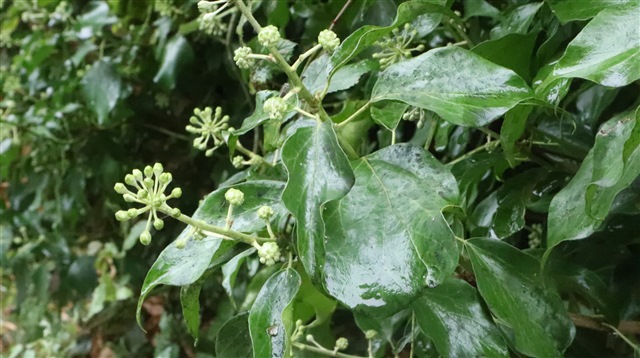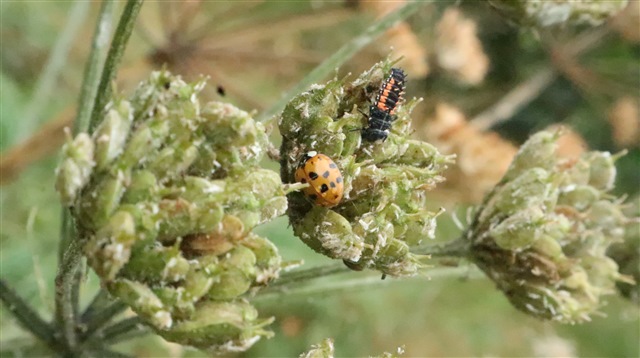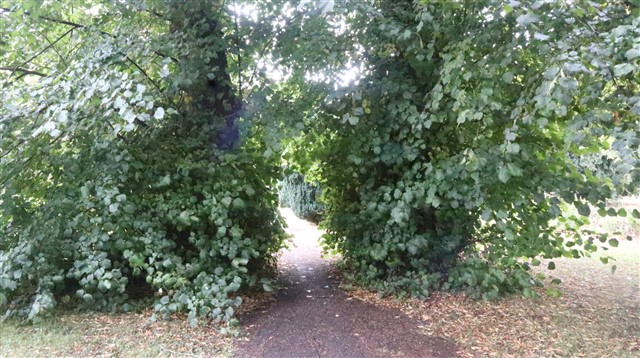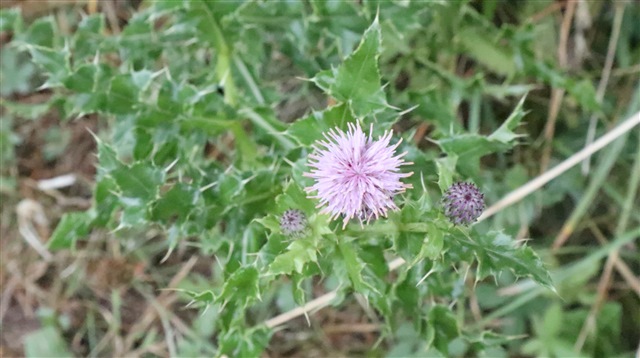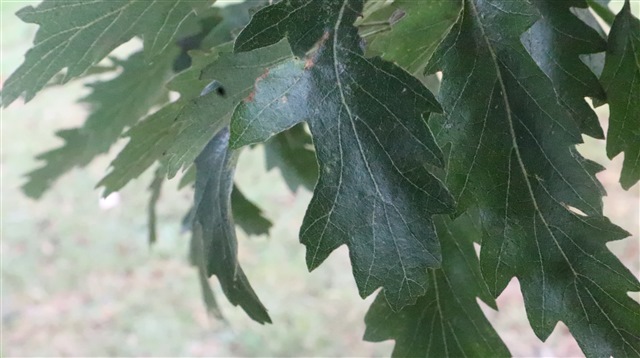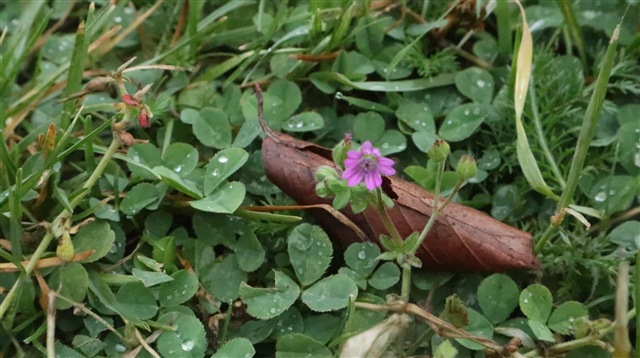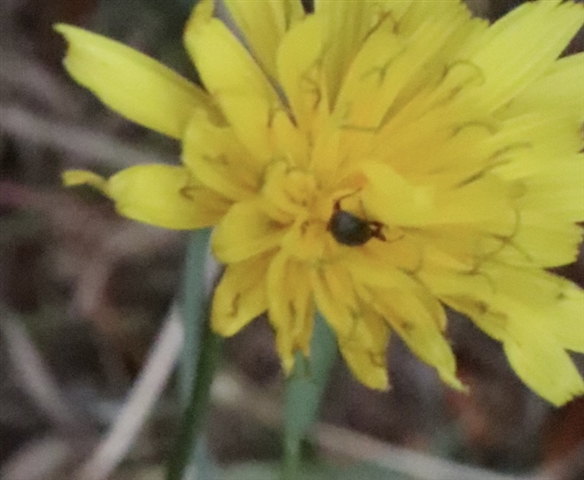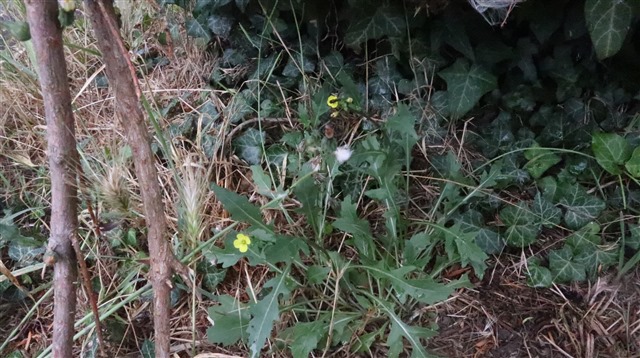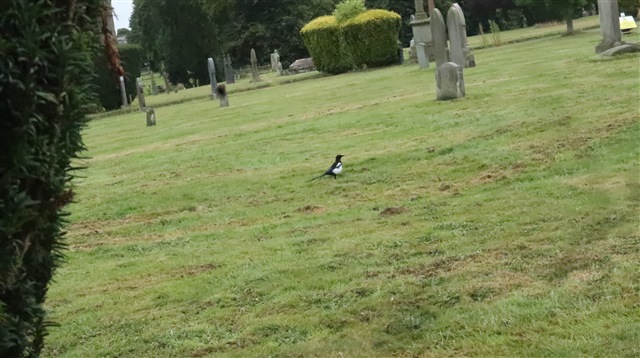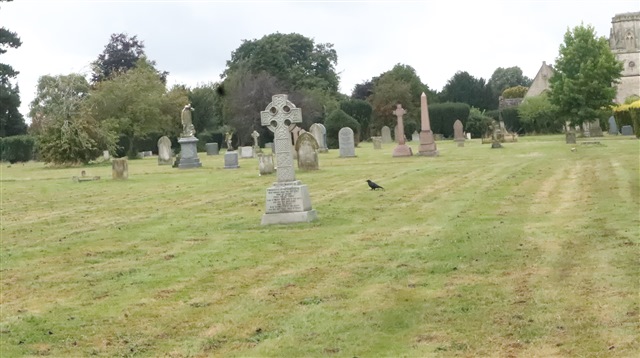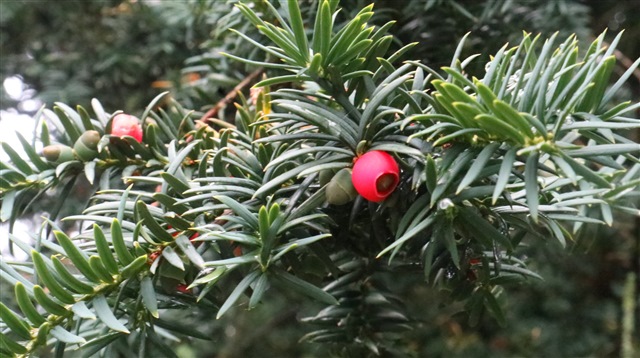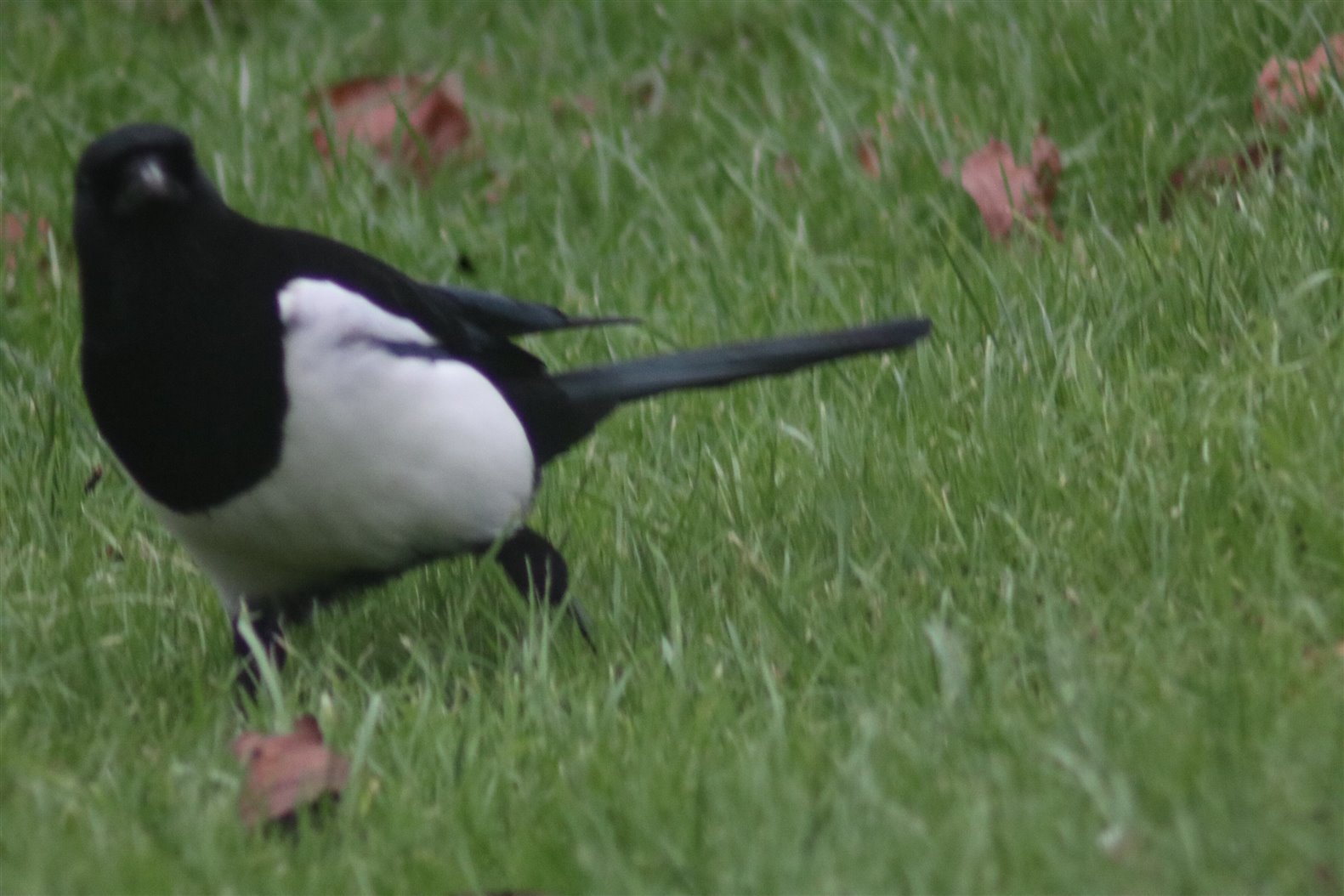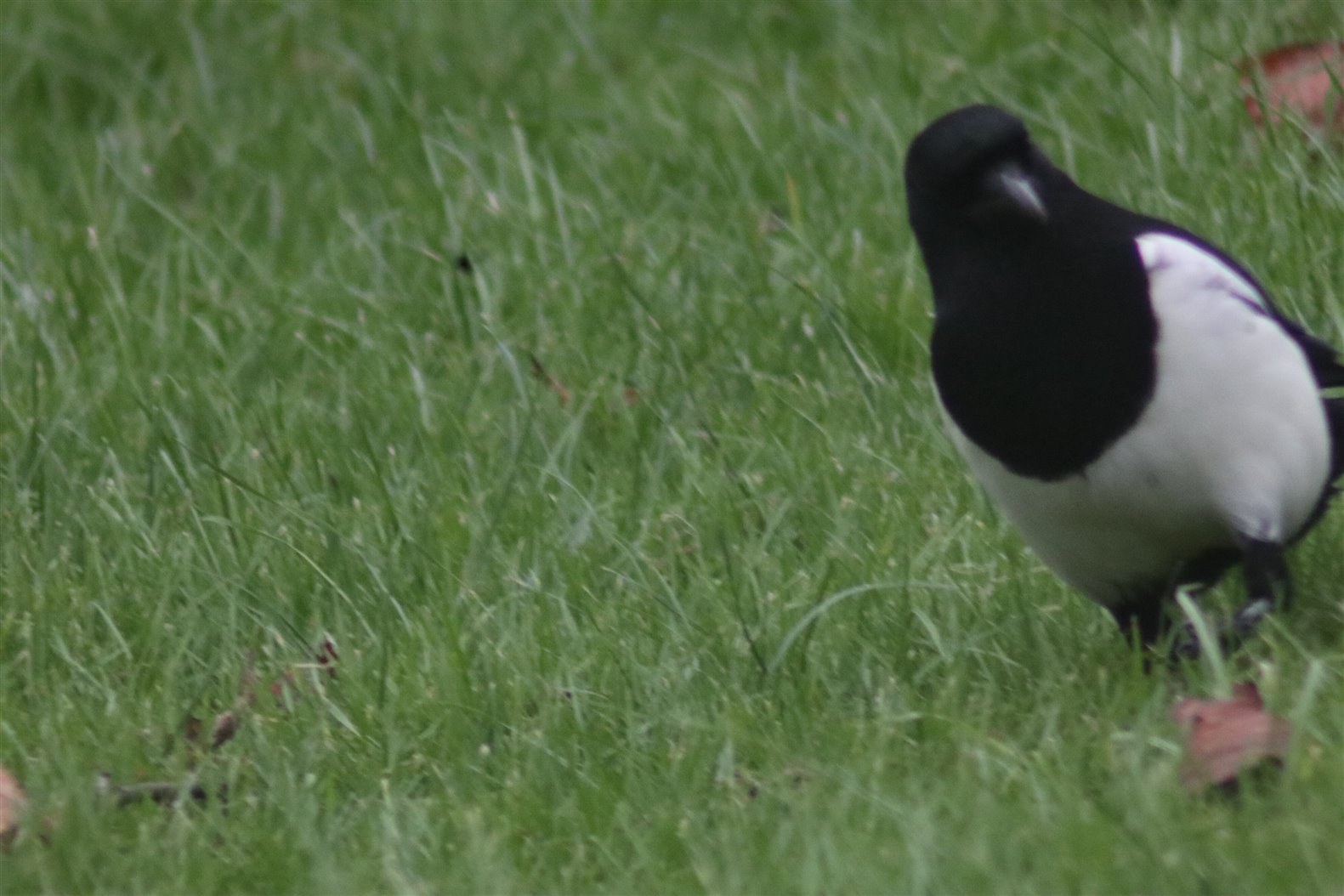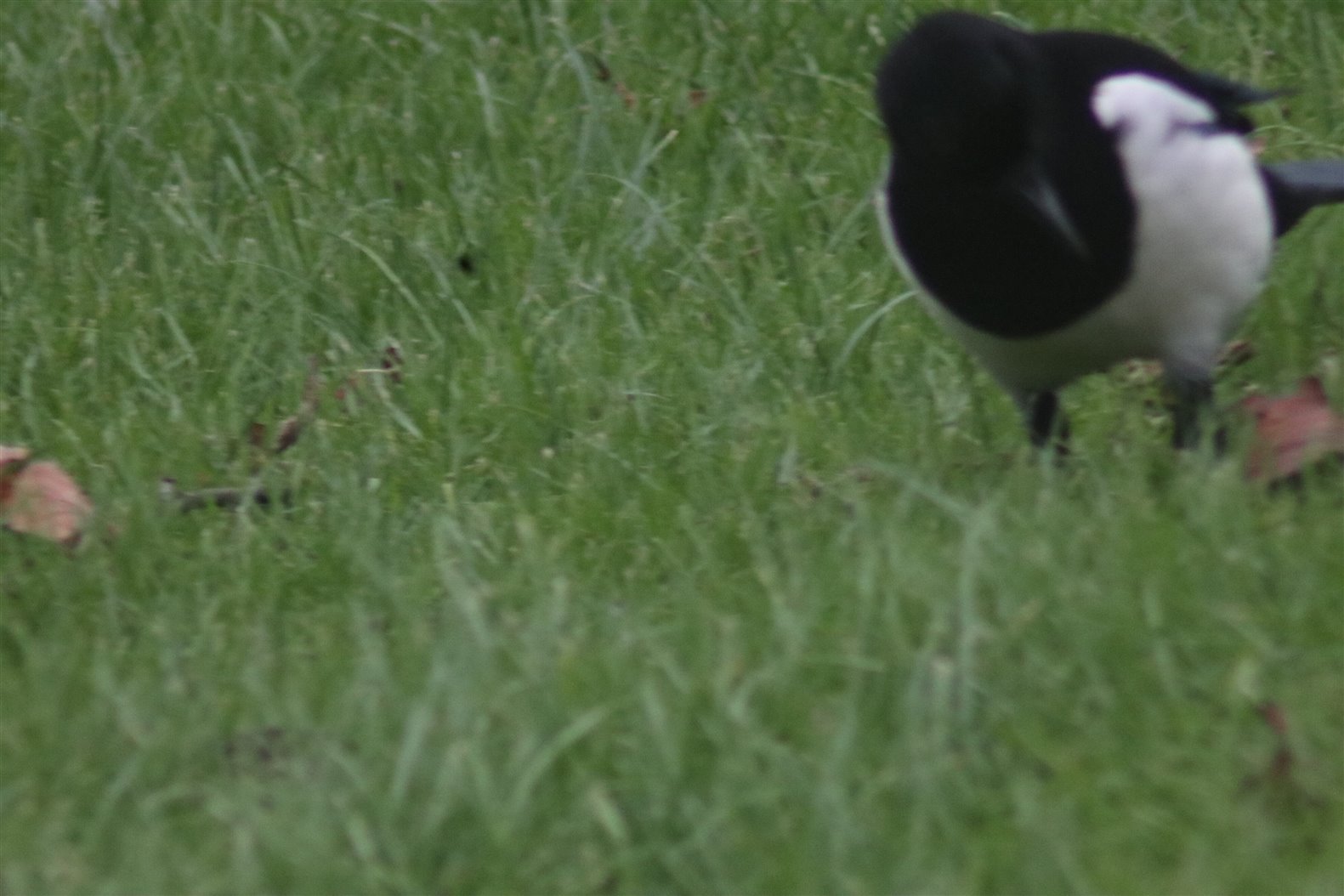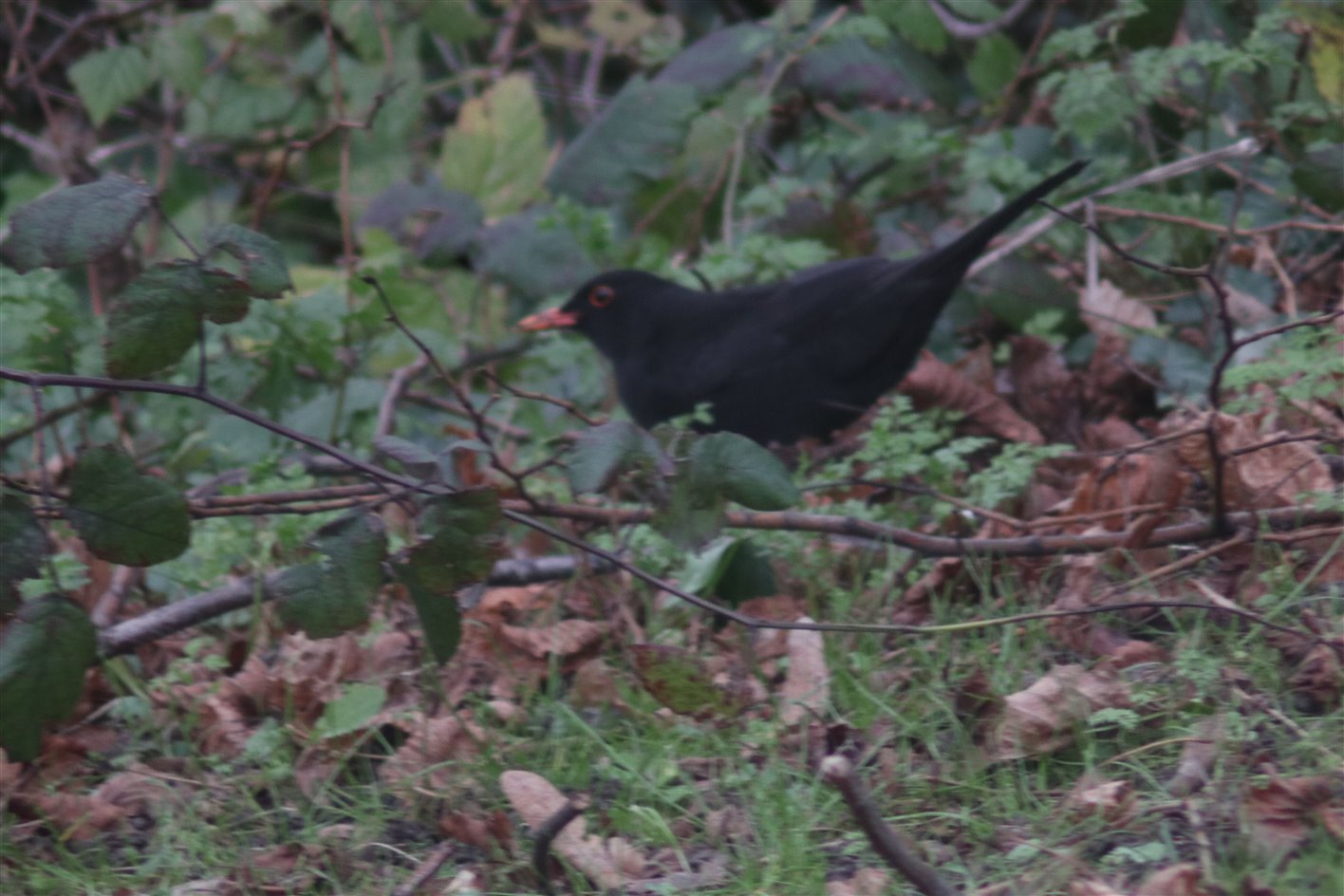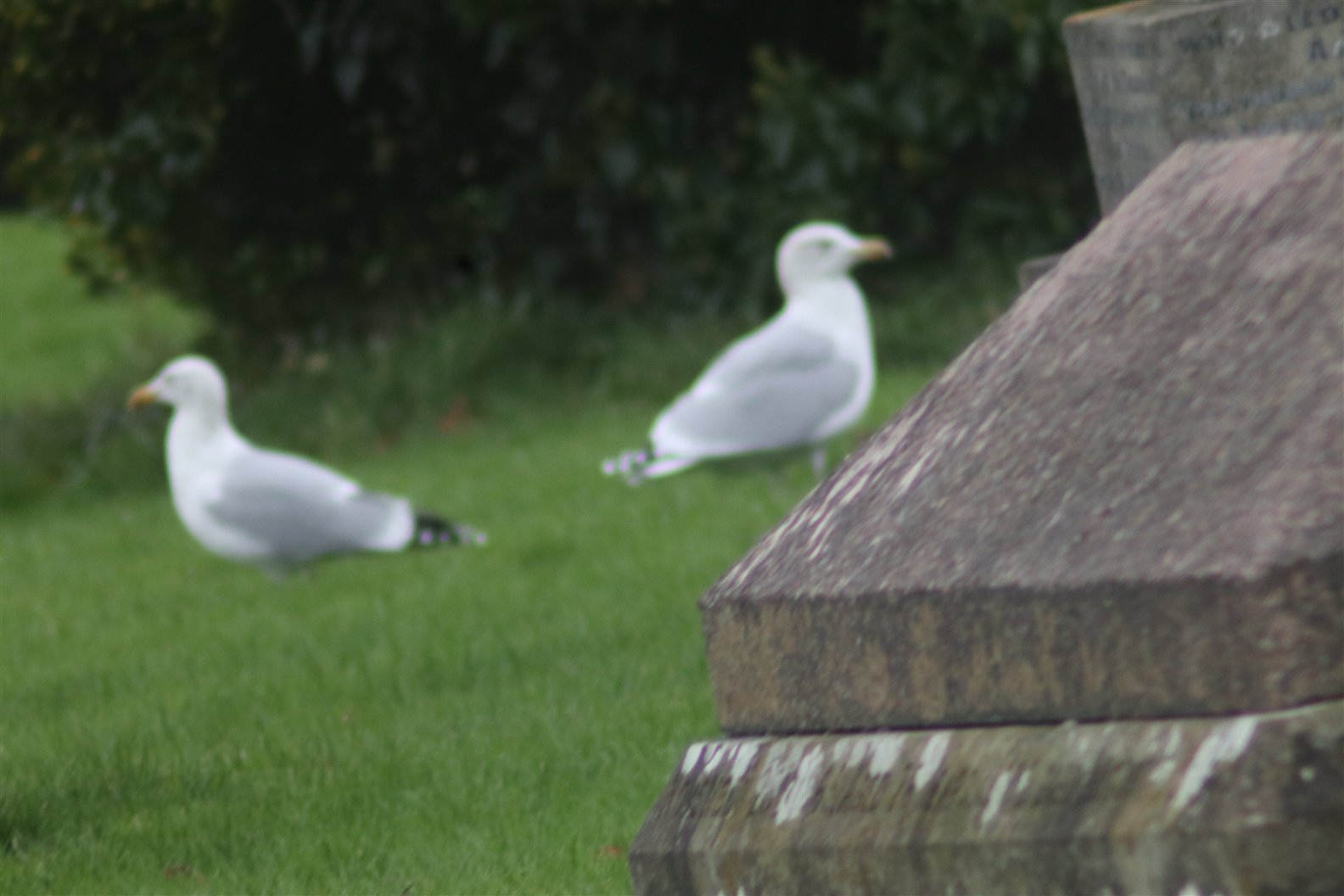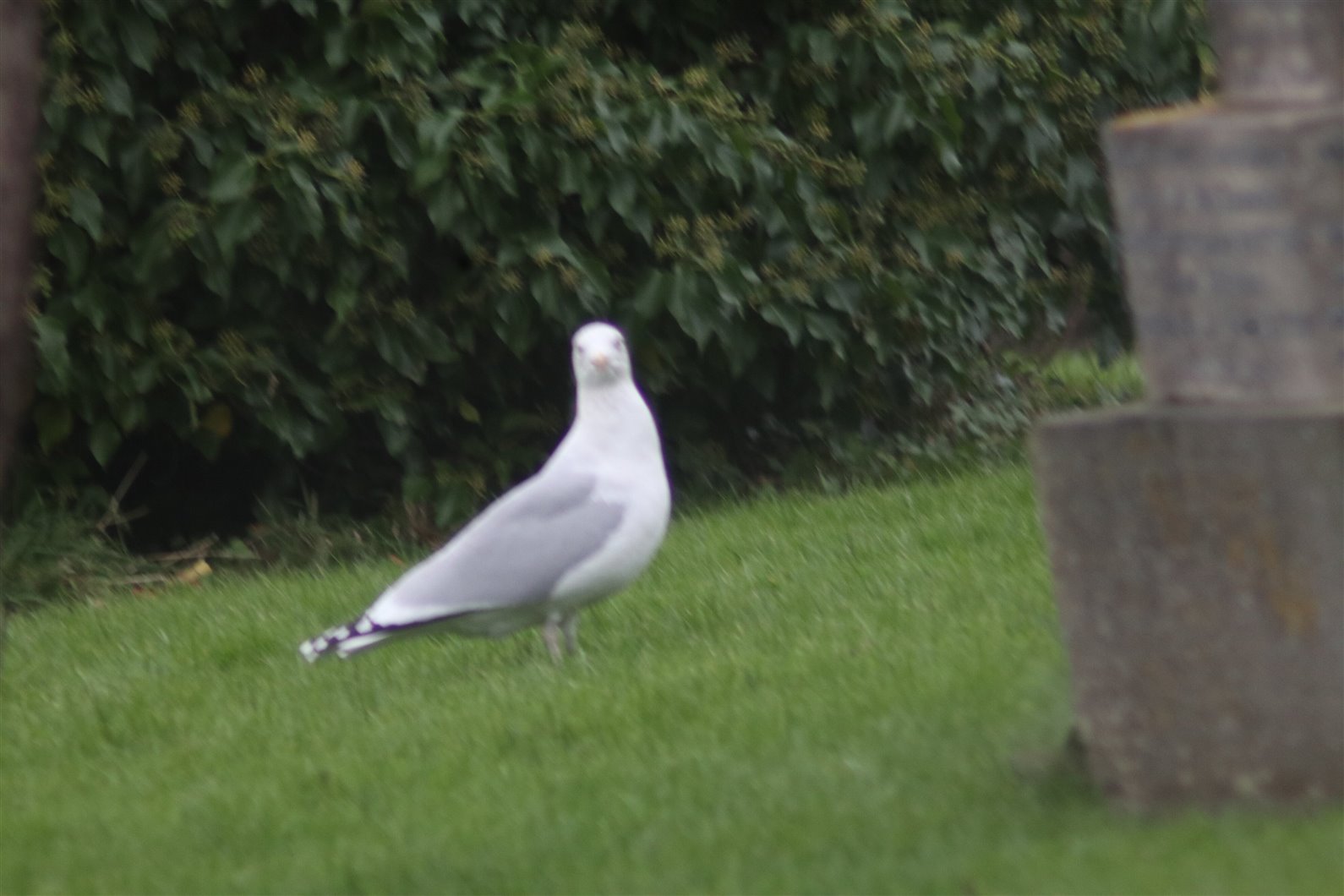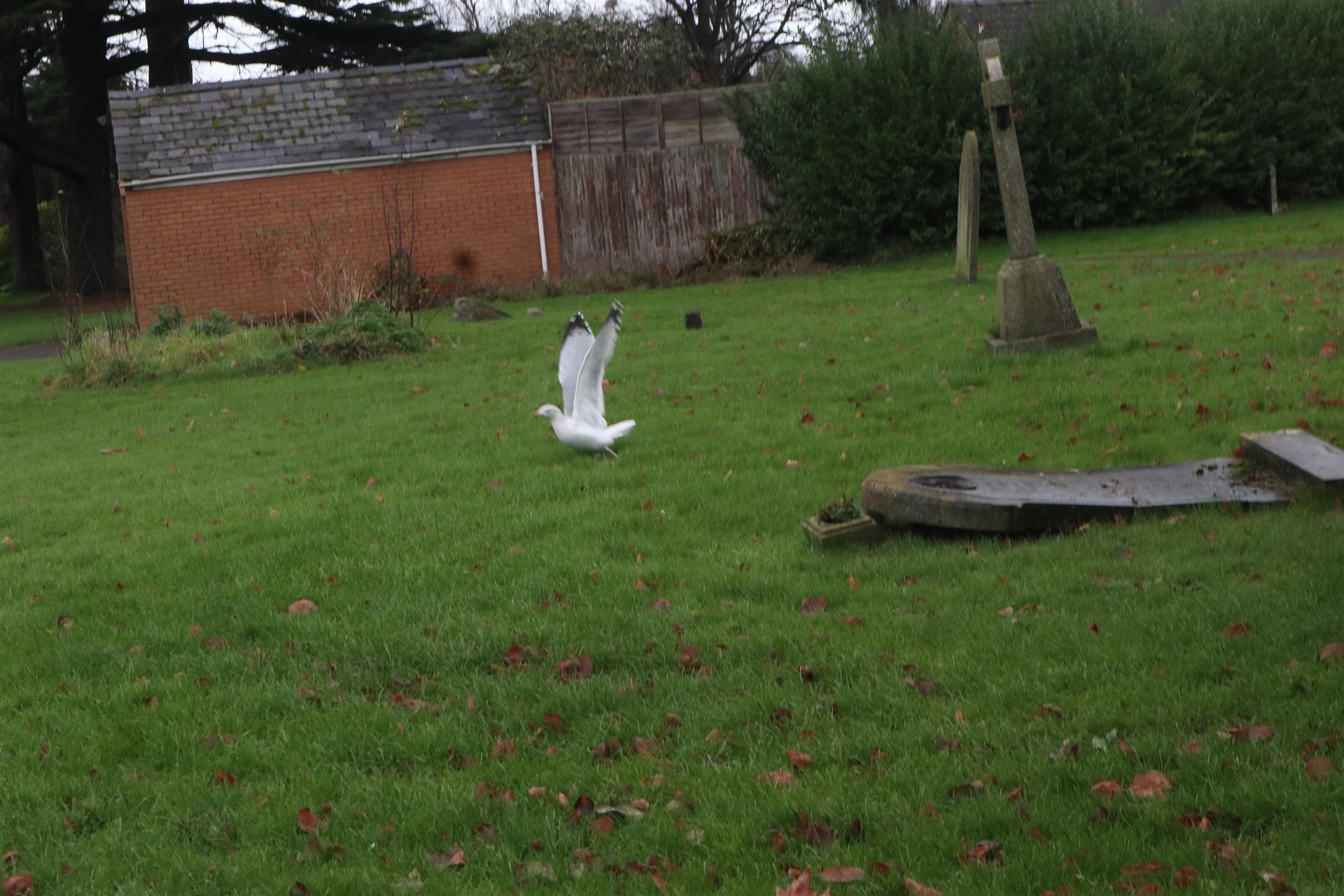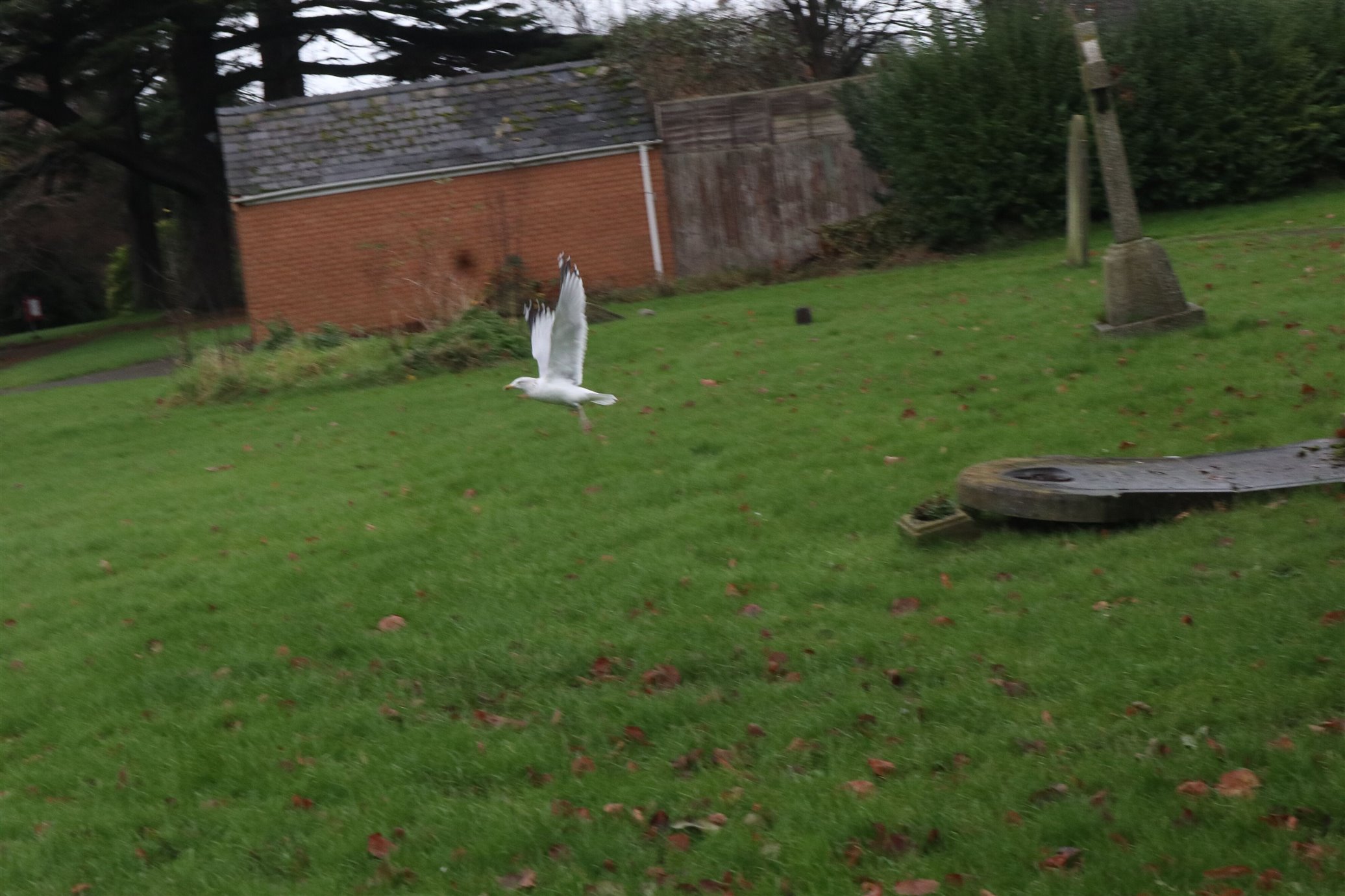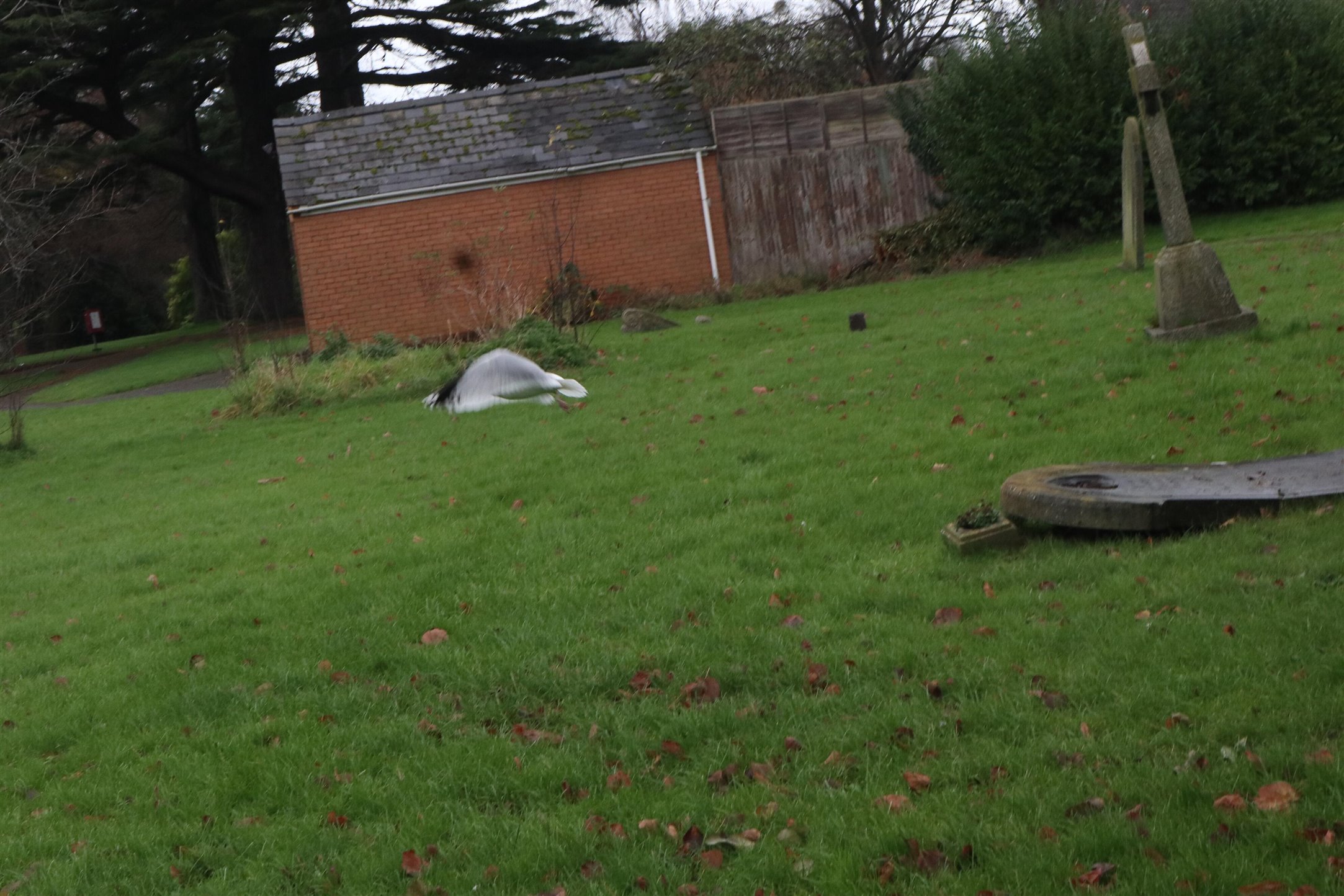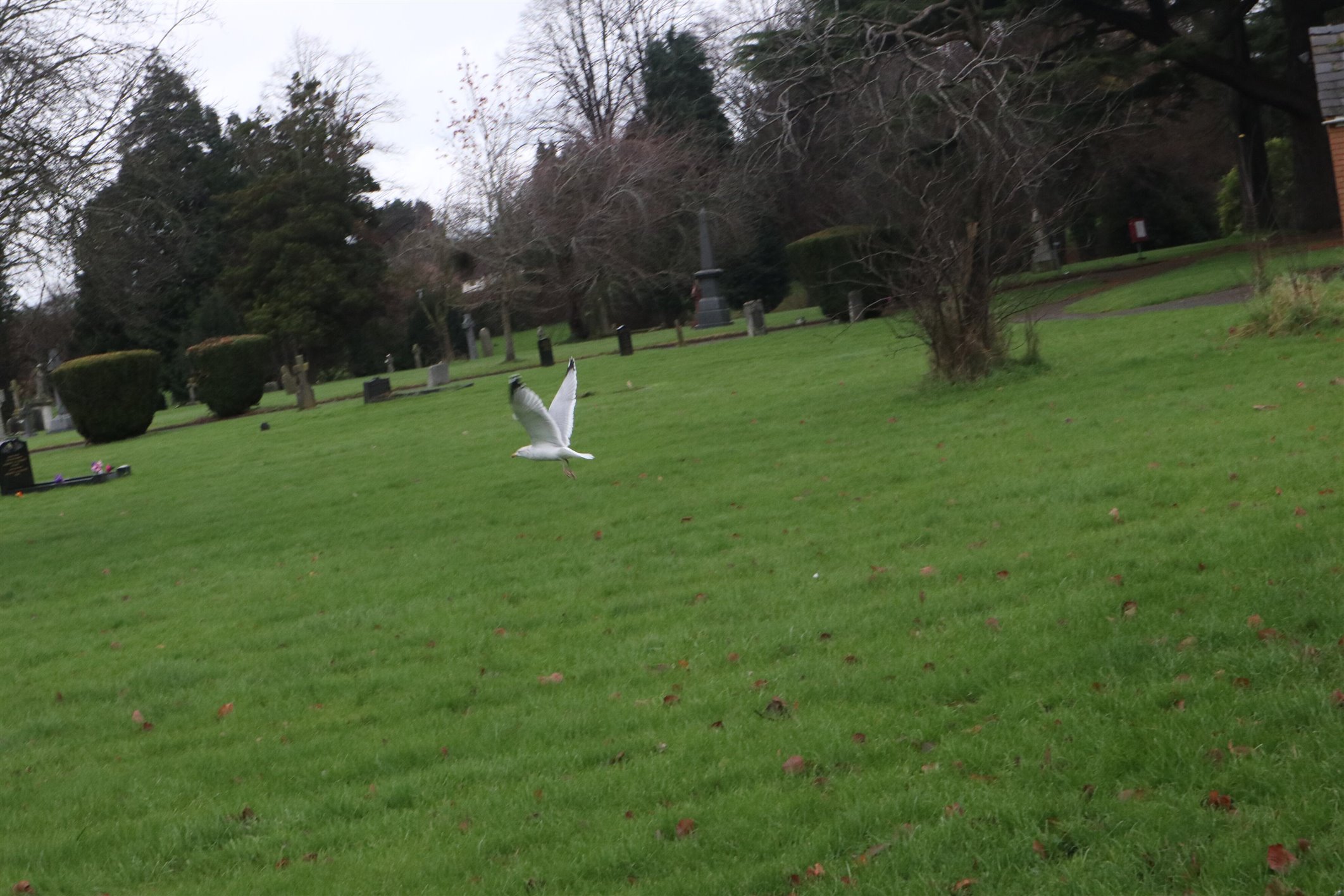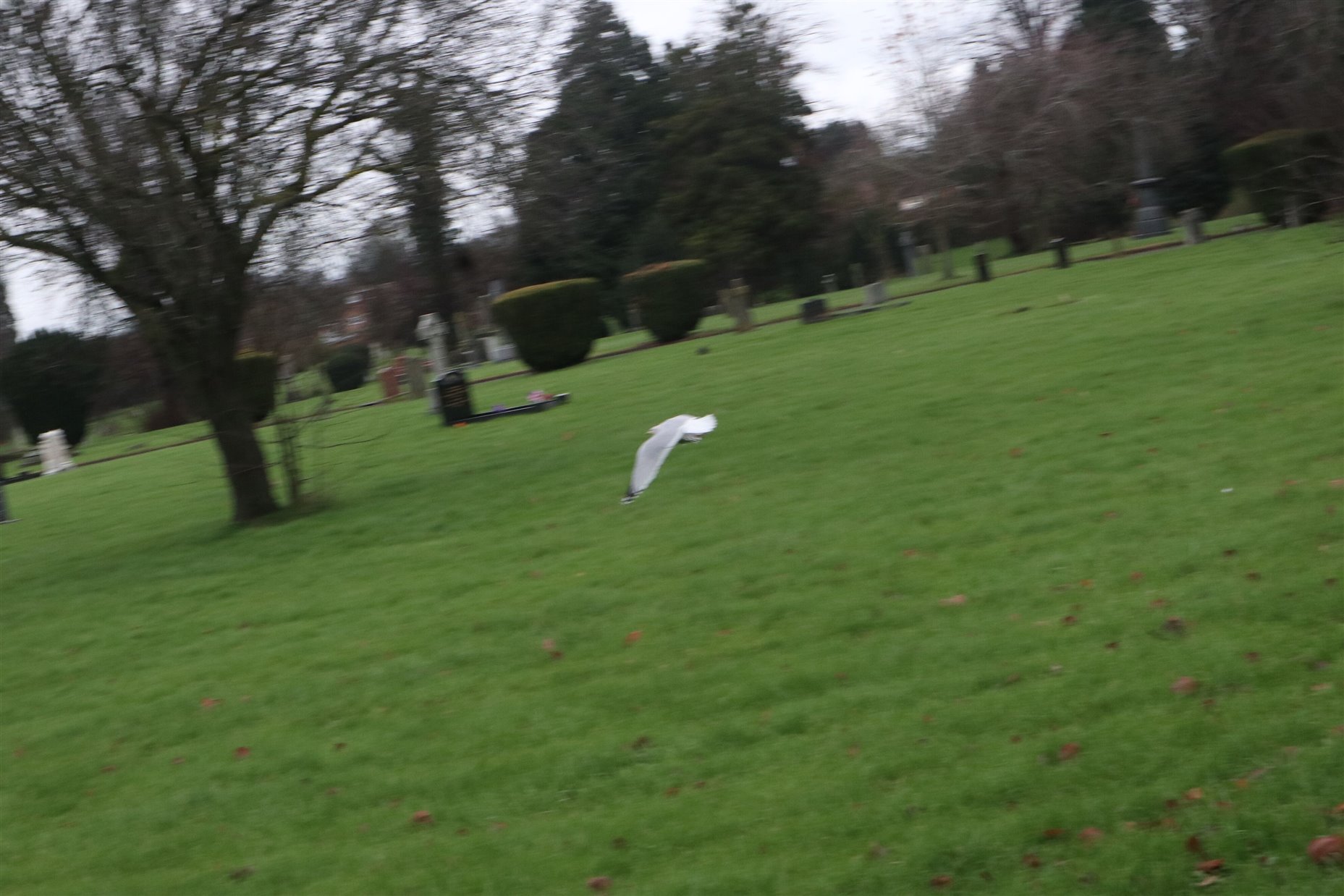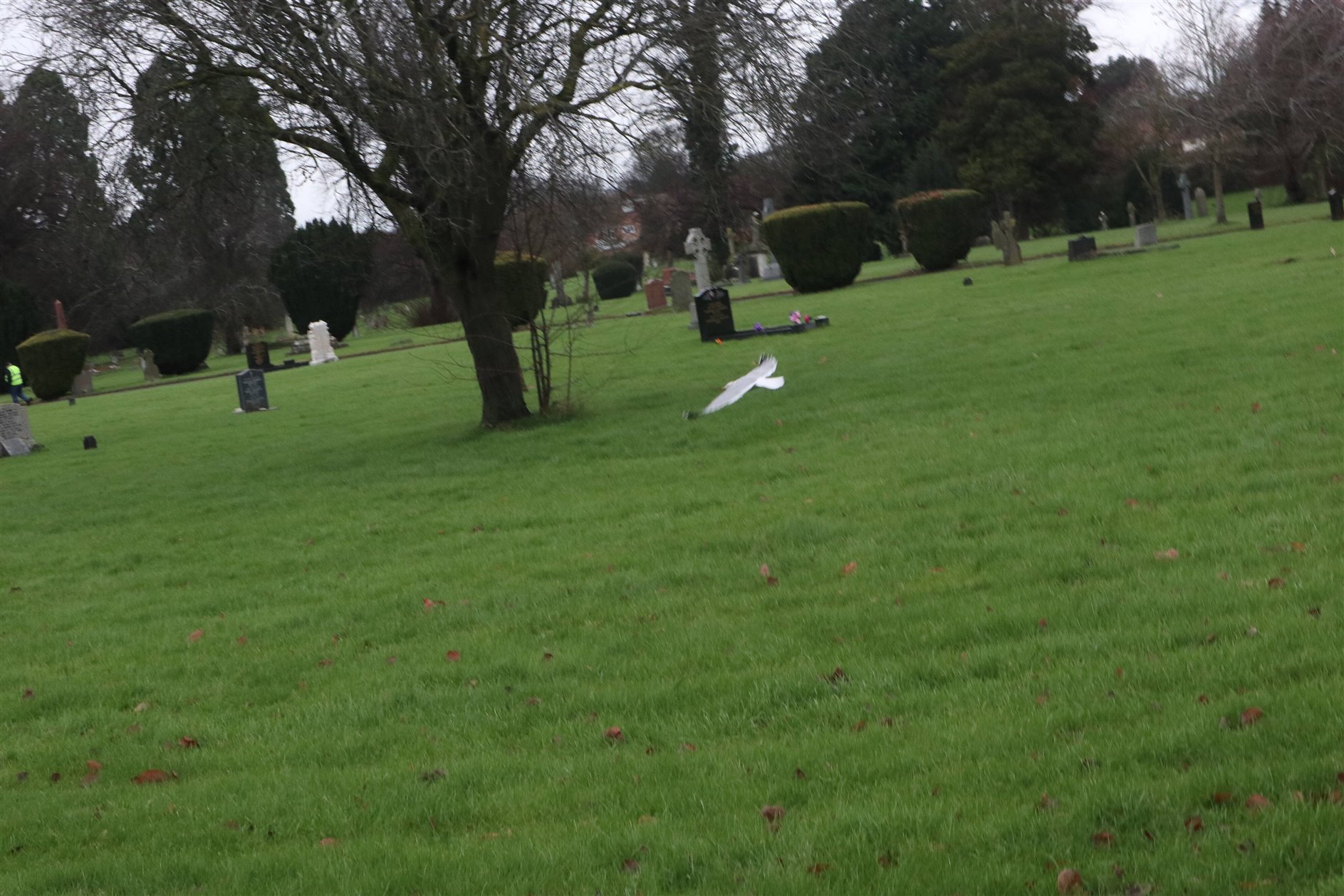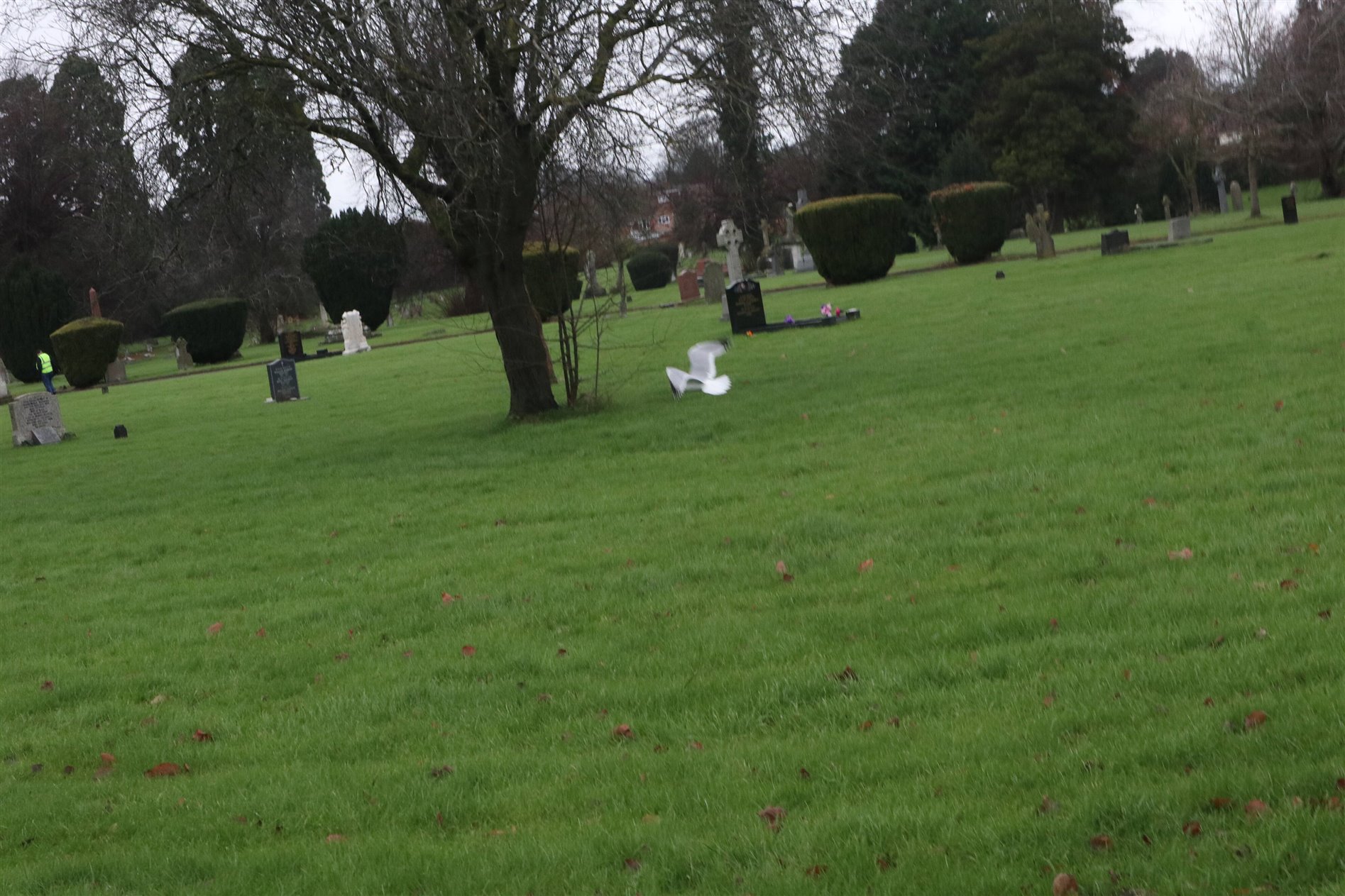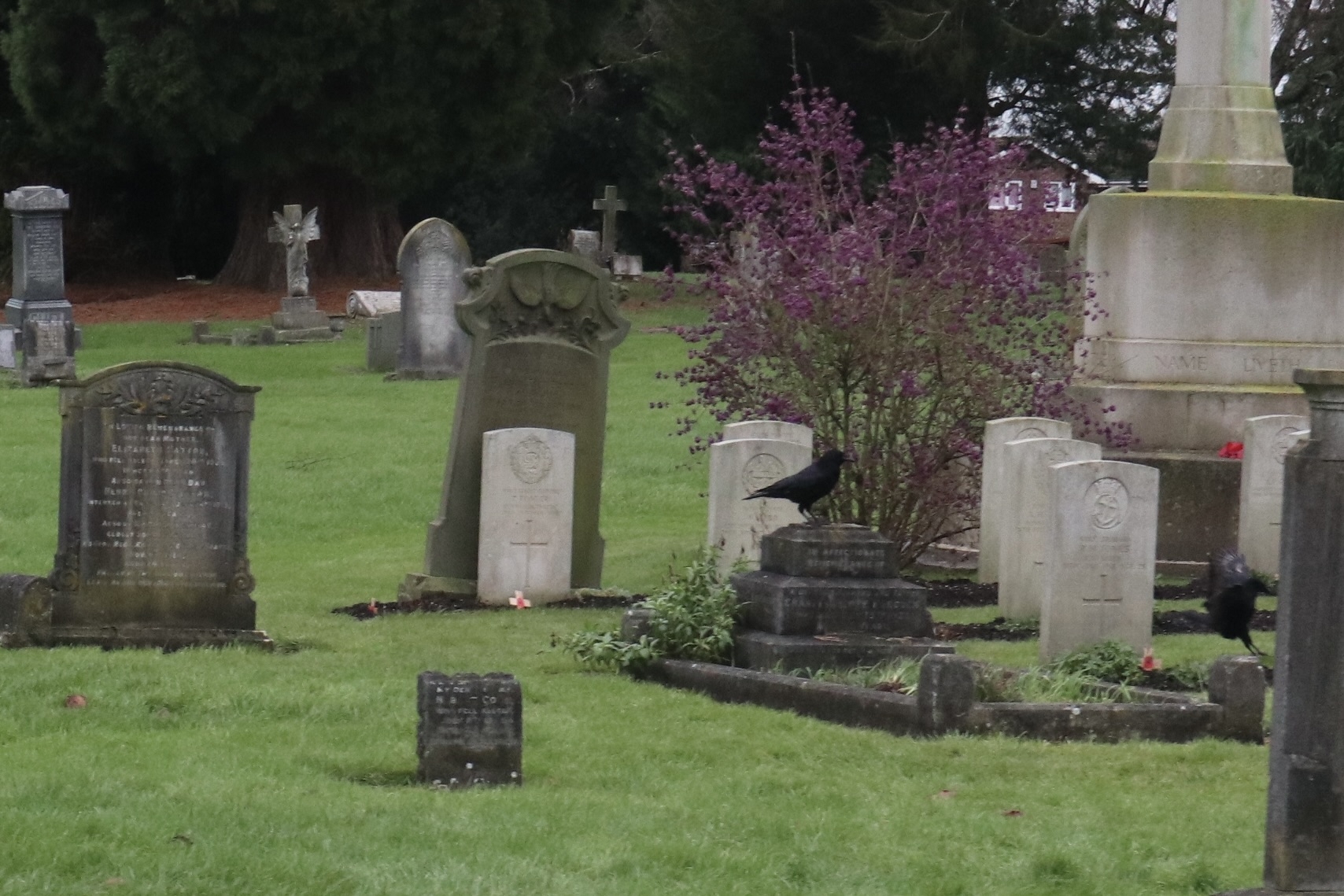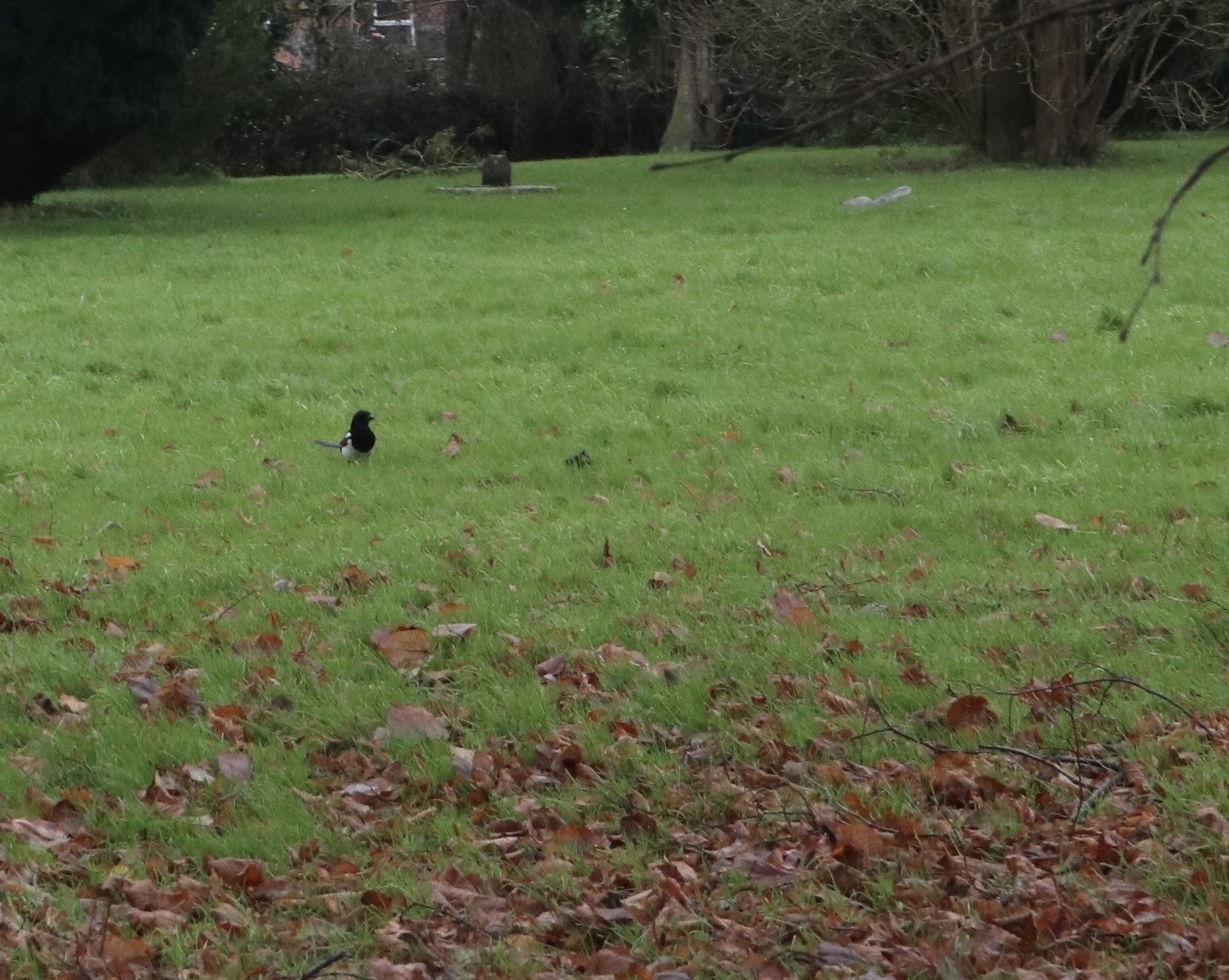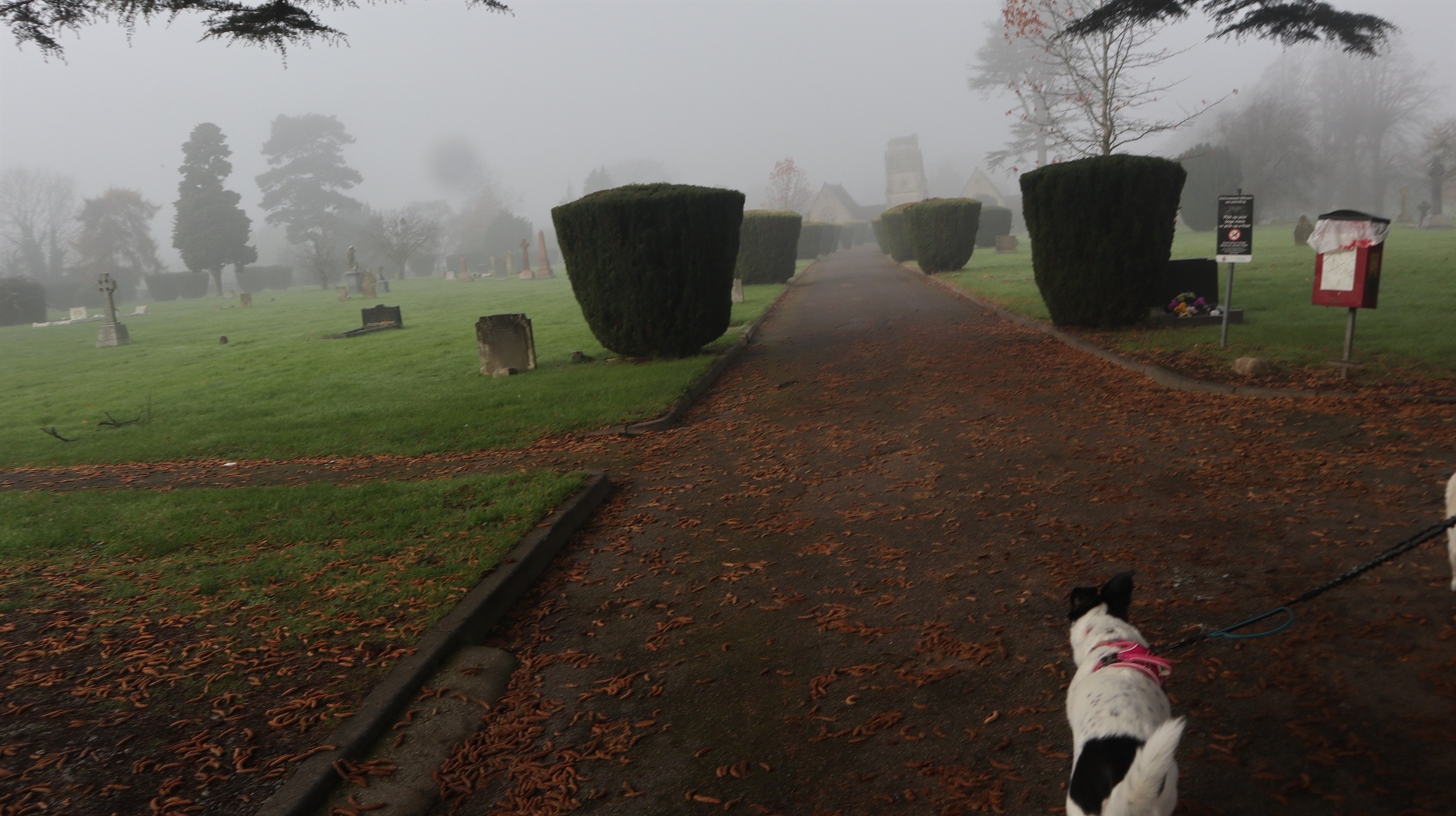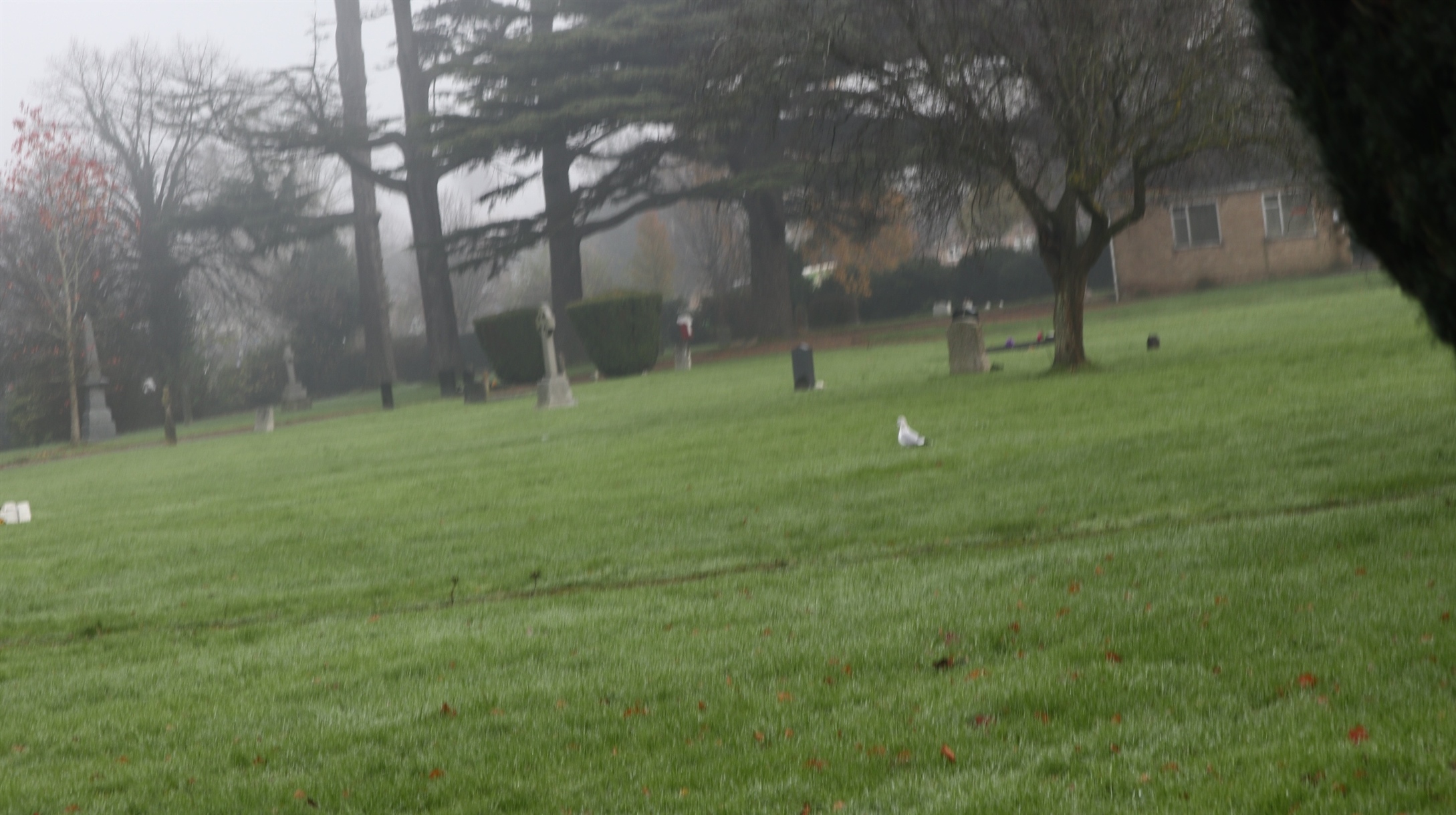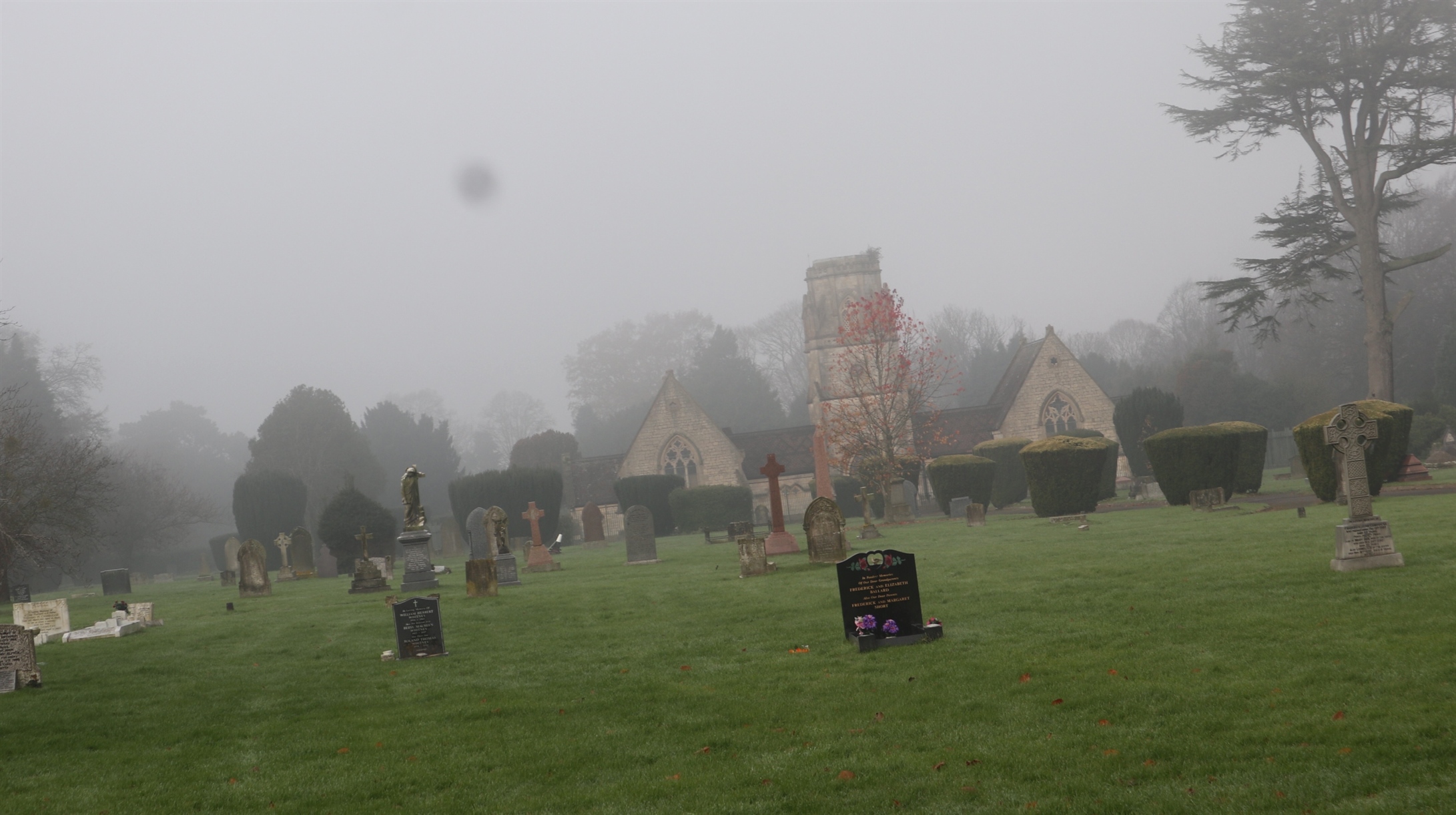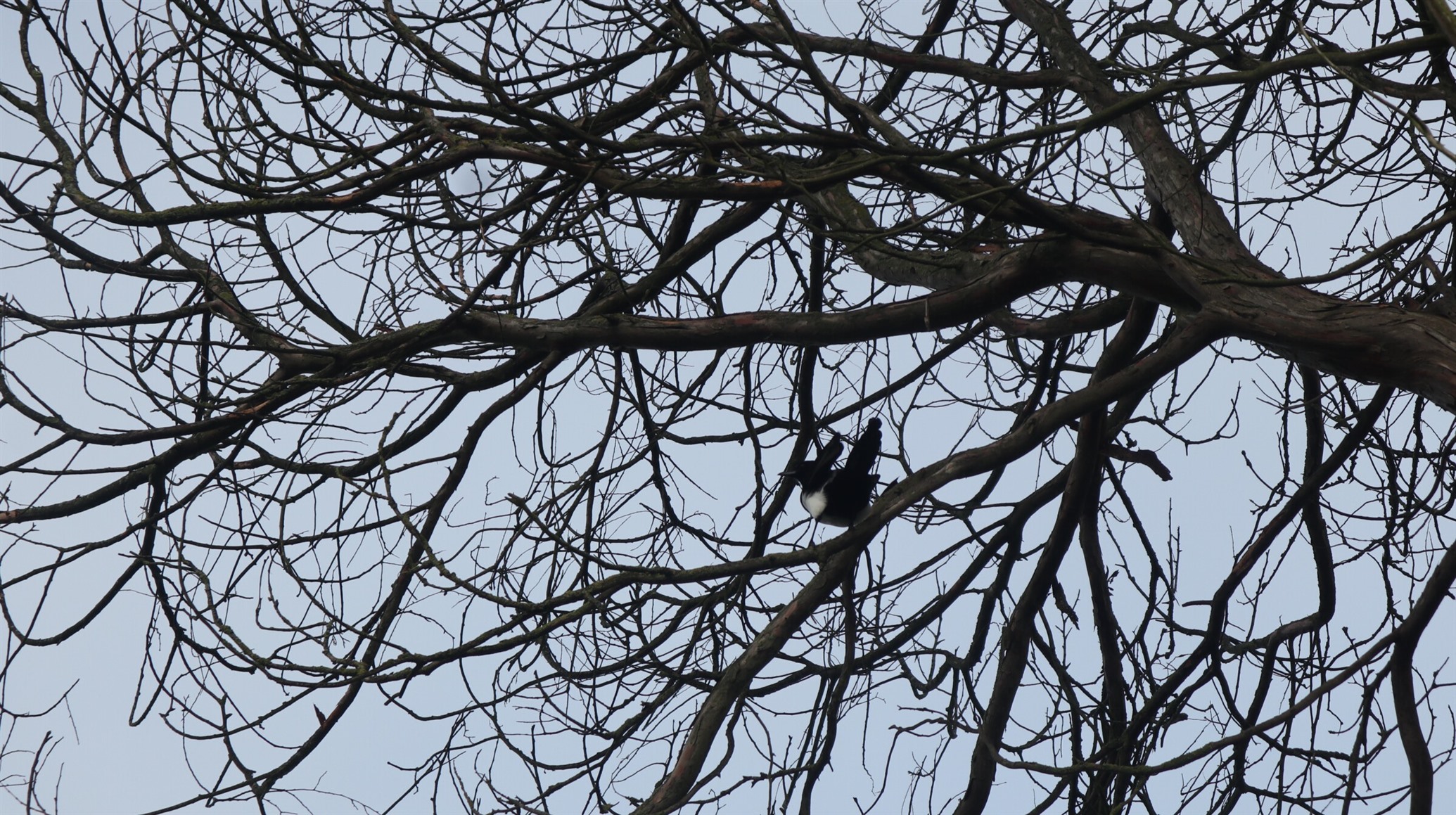this week so far iv been on a couple of trips but mainly places with streams, ponds or woodland.
one of my favourite places to go is probably one most dont tend to go to unless going to a funeral or for personal reasons but me and my family go for walks
the dogs like the graveyard nearby in Gloucestershire so mum and dad take a few of them for a walk there and let me take take pictures
for Mum and dad its more about more than just the dogs but a nice place to go for a walk aswell its usualy portrayed a for dark themes and scenes in media but they can also be very positive and enjoyable places and places for happy memorys. Graveyards are a natural habitat themselfs just like any other habitat. the only differance is that people built an important place on the grassland and due to the importance of graves to many people also bult graves giving it the name graveyard but they are also natural habitats aswell.
nature does its thing. it helps decompose decaying organic matter and exstracts nutrients and reproduces for survival thanks to different species of lichens and fungi both on graves and across the ground. Wildflowers grow and add colour they also have nectar for pollinating insects and invertebrates. they are a place where scavengers gulls and the crow family can look for food like invertebrates and other things that are part of there varied diet and places with trees or shrubs for thrushes, finches etc and other birds to hide from predators, mate and breed and places for there favourate food - worms and even fruit like berrys during the cold months. they are home to squirrels and various other species of wildlife too and this is why I go and take pictures

